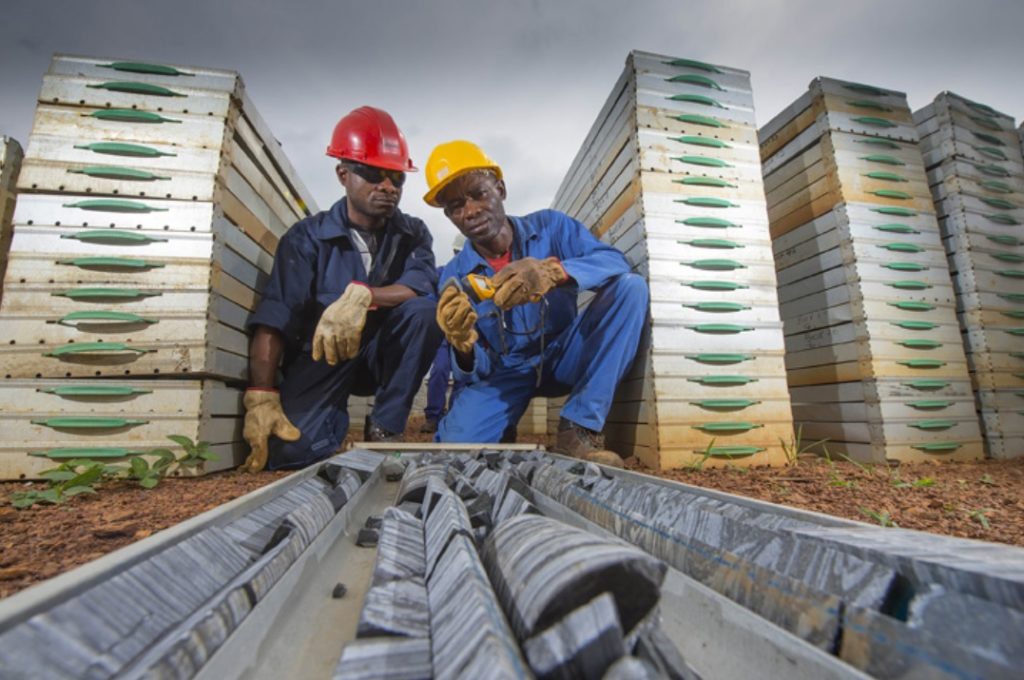Zanaga Iron Ore’s plans to start up a low-cost pellet project in the Republic of Congo using a polymer-based product have been given a boost after recent test work returned positive results.
Independent laboratories, testing out the commercial acceptability of two 20 kg samples of Zanaga “cold pellets”, said they were within the industry acceptable limits for conventional pellets.
This latest test work is part of the company’s Early Production project (EPP) at Zanaga. The EPP would be a relatively low capital cost development using road and potentially rail transportation solutions as well as existing port infrastructure to ship product out.
It would entail the development of a industry acceptable iron ore pellet product using a lower cost cold pelletisation process. It could also act as a pre-cursor for the company’s original 12 Mt/y stage one iron ore production plan.
The perceived potential benefits of Cold Pelletisation, as advocated by the technology providers, are low capital cost, low incremental operating costs and low environmental footprint, according to Zanaga.
Results from previous test work indicated a simple gravity based processing of the friable-enriched, hematite-dominated, near-surface Zanaga iron ore can produce a pellet feed concentrate grading 67.4% iron, combined silica plus alumina of 5.9%, and 0.03% phosphorus.
Zanaga then sent two 20 kg samples of Zanaga cold pellets from this work to a European steel mill and an accredited European laboratory servicing the steel industry, with positive results coming back.
While the extent to which the proposed benefits of cold pelletisation are achievable is still to be tested and established, Zanaga is now discussing the next steps and tests with steel mills to “assess potential demand and pricing for Zanaga pellets and pellet feed concentrate”.
All of these developments come when high-grade iron ore pellets are in demand as China’s environmental crackdown continues.
The 12 Mt/y stage one Zanaga project, which is effectively majority owned by Glencore (50%, plus one share), is expected to cost $1.8-$2.04 billion to build.











